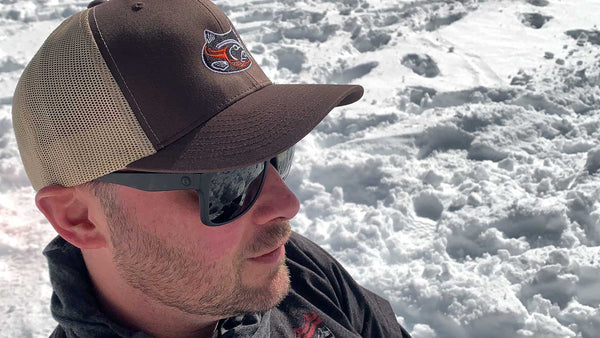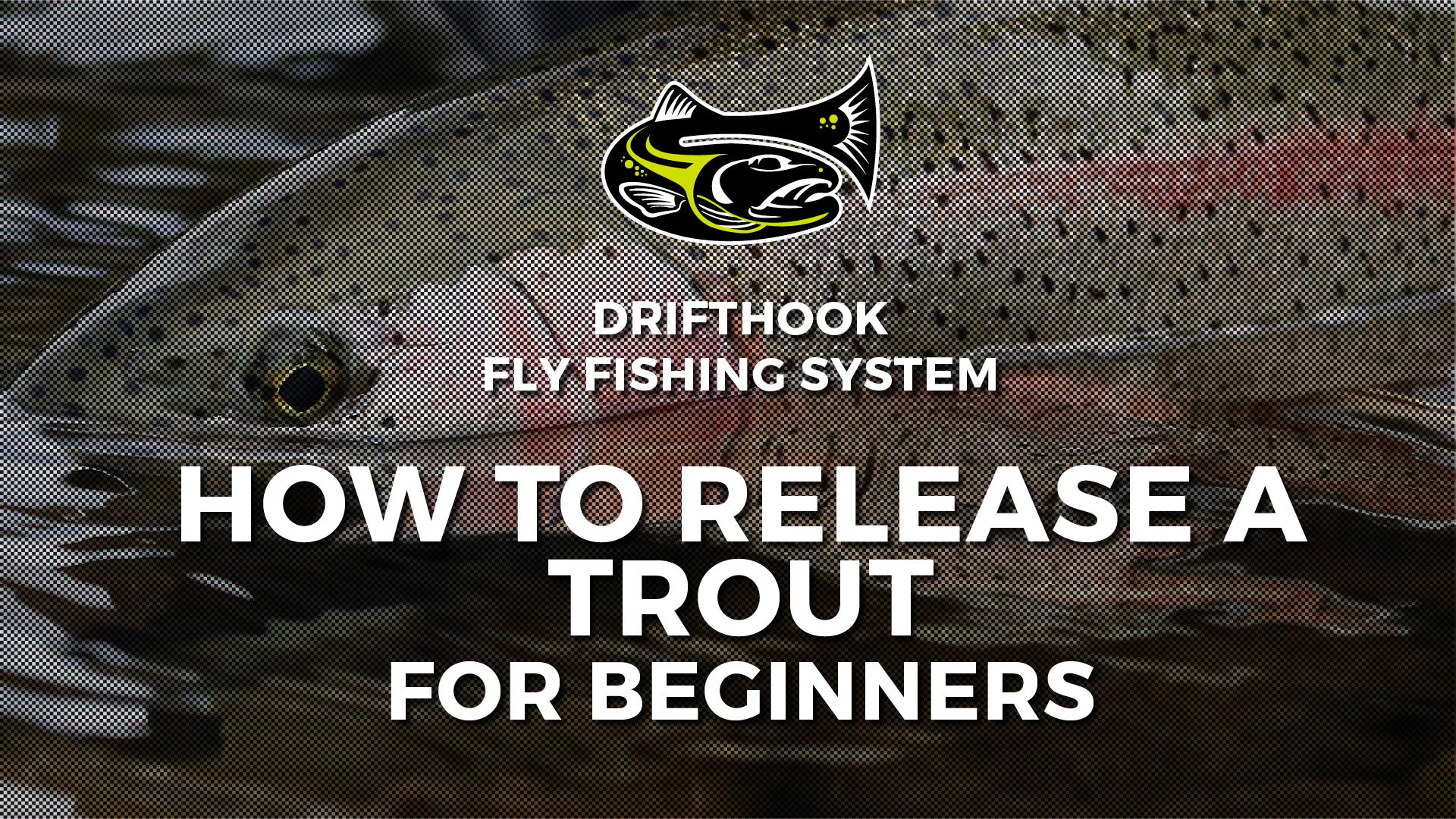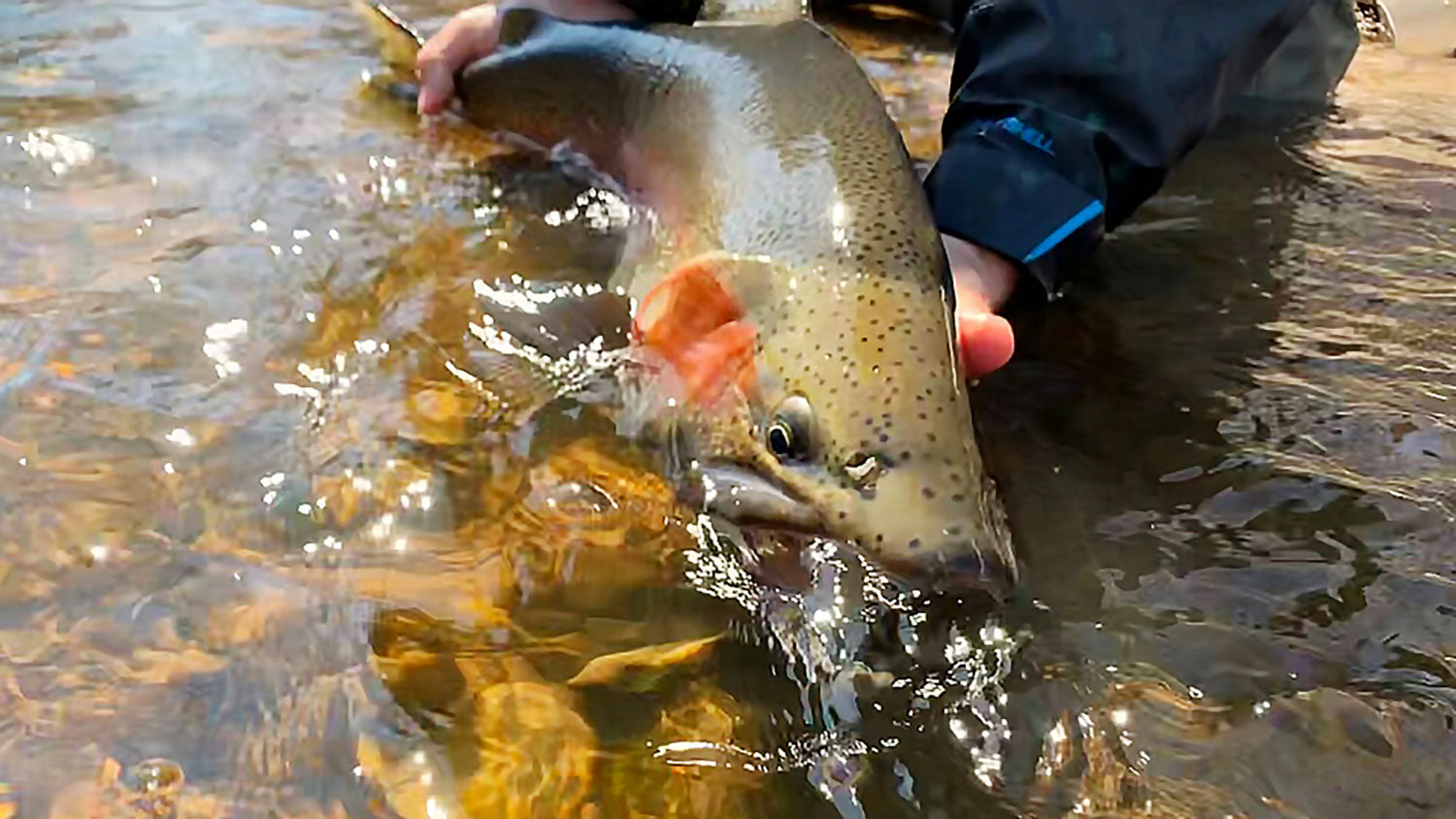Fly fishing is a sport that involves wit, patience, and love of the outdoors. Using a lightweight rod and heavy line, casting your fly into strategic feeding spots. You're trying to fool fish into thinking it's an easy meal. However, fish are cautious, so you must outsmart the prize you want to catch.
The great thing about fly fishing is, it's very economical and beginner-friendly. You don't need a boat, a bucket of worms, or a large ocean. Fly fishing uses simple equipment, and it's more about understanding and adapting to the behavior of the fish you're trying to catch.

Why is Fly Fishing Worth it?
So what's it all about, you ask? Fly fishing is quite simple. You're using a lightweight rod because mostly, you're not going to be wearing any extra equipment, such as a belt harness. This also means you're not going after the big fish that you would only find in ocean fishing expeditions. Flying fishing revolves around looking for a catch that mainly swims and lives in rivers, lakes, and streams.
To go with that, you'll need a special line used for fly fishing. This line is thicker and heavier than your typical monofilament line use for lure fishing.
It has to be heavy because you're going to be thrusting or 'whipping' the line out as far as you can while standing in a relatively dry and safe position. This allows you to drop the fly in very tight spots, such as at the crest of a boulder that splits a stream. Some fish will hide here to get some rest or wait for their prey to fall without getting washed away themselves.

You don't use bait, instead, you use a fly. A fly is not or was not, once a living creature. You're not hooking worms onto your line or small fish that would be seen in the location you're fishing in. The flies you use will be purely synthetic. However, the fun of flies is, you're trying to fool the fish into thinking it's real. Thus, you can buy unique and life-like flies that look like bugs, flies, and other aquatic lifeforms such as baitfish, crawdads and even mice!

You must love the outdoors because you're going to need to be still, stand back and watch while you wait for the fish to reveal themselves. Fly fishing is very soothing and almost therapeutic. It's not fast-paced or risky like sport fishing, yet it requires just as much skill. It's the thinking man's sport. It's not about large fishing boats and expensive reels. You're only relying on a simple rod, fly, and what's between your ears.

How do you get started?
What you need to get started are a few things.
- Get yourself a fly fishing rod. It depends on your stature and level of experience concerning the length and rod. The more confident you are in your technique, the longer the rod can be. However, if you're just starting, look for a 9ft, 5 or 6 weight fly rod. This size will cover most fly fishing conditions.
- The line has to be heavier than your typical fishing line. Remember, there will be times where you are going to be trying to whip the fly out as far as you can, so you need a line with a bit of mass to it so that you can generate the momentum. You may also be battling the wind as you cast your line, so make sure you're choosing the fly line appropriate to carry more energy, which resists the force of the wind.
- You need a box of essential flies. Necessary flies are designed in mind, to provide a general enticement to that specific species. Sometimes bright, in the shape of tiny fish or bugs, they have hooks attached to them instead of being forced onto your line's hook. Since they're synthetic, a hook would not be able to pierce them, which is why flies already have the hooks that the fish will bite down on.
- Find a stretch of water. This could be a river or a stream as typically you want waters that force the fish to move. Therefore, you can lay your fly in a strategic position such as the choke point of a river. You have more chance of catching something this way. Still-water fishing can also reap great rewards on larger fish.
- You will be getting an upper-body workout when you go fly fishing. Unlike other fishing styles, you're not in a boat waiting for something to bite. You're proactively searching for the fish, using your eyesight to spot movement below the surface, and moving the line to mimic the action of live prey.
Your Equipment
Besides the rod, line, and flies, you're going to want to bring some personal equipment to make your experience more enjoyable. Firstly, make sure you know what kind of weather you're having. Bring along a sweater or fleece jacket, in case things get a bit brisk. Also always bring a raincoat, as the first time you don't bring one you will most likely be in a downpour.

You can't go wrong with a good reliable pair of wading boots. If you intend to get in the water, such as standing in the middle of a stream, consider chest waders. These made from synthetic materials that hold out the water as you wade to your next fishing location, but as you can probably guess, they go up to chest height and keep everything below, nice and dry.

Fly fishing is one of the ultimate joys of spring, summer and my favorite time Fall. The fish are out to spawn feed and live. Keeping an eye on them is difficult when you have the sun beaming down onto the surface of the water. Buy a good pair of sunglasses with polarized lenses, these will help cut the glare off the water and make it able to see depths and cruising fish much easier.
A cap or hat or some other kind will block the sun from your bare skin, really quite useful when you’re fly fishing for hours on end. It also provides additional protection in case you have a false cast and the fly ends up in the back of your head.

A fly fishing vest, pack or waist pack is also handy because you can use it to hang your various flies, store multiple lines in case one breaks and also you can carry additional water so you do not get dehydrated out fly fishing. You don't want to miss a great catch-all because you needed a sip of water.

Types of Flies
When it comes to flies, fly fishing is miles apart from other fishing styles with regards to different designs. There are tens of thousands of different flies that you can use for almost every fish you can imagine. Fly fishing got its name from the type of bait, which is used, mainly synthetic 'flies.' These are designed in such a fashion as to look just like the real thing, at least in the eyes of the fish. There are numerous types, sizes, styles, and colors to choose from.
Dry Flies
Some fish do not feel safe going up to the surface to catch their prey. However, certain types of fish, such as grayling and trout do. Trout fly fishing is one of the most exciting types because your catch will come to the surface to take your fly and make for one of the most fantastic photo opportunities.

Dry flies are made to be buoyant or, in other words, land on top of the water and float. You have to use the right kind of flies to catch the specific fish you're after. But, the technique is just as important. Check out this quick video on starting out on dry fly fishing.
Nymphs Patterns
Nymphs are a subsurface type of fly, which is mainly used for trout fly fishing. Trout mostly feed under the surface, which means, we don't know what they eat in general. There's no real way to gauge how the fish will react to different flies, but nymphs are the type that achieves the most success. The reason for this is, larvae look like crustaceans and insects, but without the wings that a wet fly has.
 Thus, trout see the nymph as something they would be looking for under the surface. Because the nymph is narrow, it's brilliant for river fly fishing, it's more streamlined, and it won't move around as much in the current. Getting the weight correct is crucial for your fly to stay where you want it to. Know the kind of river you're going to be fishing in and change nymphs as the current becomes faster or slower.
Thus, trout see the nymph as something they would be looking for under the surface. Because the nymph is narrow, it's brilliant for river fly fishing, it's more streamlined, and it won't move around as much in the current. Getting the weight correct is crucial for your fly to stay where you want it to. Know the kind of river you're going to be fishing in and change nymphs as the current becomes faster or slower.
Tying knots
Every fly will have its own design, which means you need to fix it to your line in a different way. You'll want to learn how to do the improved clinch knot, which provides the most secure kind of knot. Essentially, the line wraps around itself and ends up looking like a clenched fist. It gives a good solid base that can withstand the pressure and tug force of any decent sized fish. The loop in which the line goes is generally going to be small, which is why a clinch knot is best.
Casting your line
Now that you're all dressed up, know what kind of fly you want to use, it's time to learn how to cast your line. The first time you see a seasoned fly fisherman, you'll think it's more of a lasso contest than a fishing contest. However, this is perhaps the most fun part of the whole experience.
You're trying to cast your line far enough to where your fly drops in the water, and you cannot be seen. Fish will think twice before coming near your bait if a big giant scary human is watching their every move.
Casting involves four things.
- Decide your location. Make sure you've chosen the right spot to drop your fly.
- Reel out how as much line as you need and then begin building momentum. You'll do this by doing an 11 O'clock to 2 O'clock swaying motion of your arm. This will continuously whip the line back and forth until you build up enough momentum to release your fly to the point you've chosen.
- When you’re releasing the line, allow a little extra line to go out. This is so to battle the wind if there is any. The extra weight of the line will push the fly forward and stop it abruptly stopping, which could scare the fish away.
- Once your line has been cast, and your fly is doing its thing, keep your rod still. Allow the line to relax and establish itself. When you deem you have the right amount of tension on the line, then you can start manipulating it to mimic the movement of flies and insects.
Where should you start?
It would be foolhardy to jump into the deep end (pun intended). However, you should start off in the lakes. Lakes do not have moving water, at least not to a reasonable pace. The standing water will allow you to practice your casting over and over, without having to battle the current.
Lakes are also great places to learn the signs of fish swimming near your fly. A ripple is different from a splash. An upsurging wave from beneath the surface is a sign of a fish swimming towards your bait quickly. It can also be from the force generated by the fish’s tail as it swims away.
If the fish is hesitant and cautious, it will swim close to your fly and swim away if it mistakes the harmless movement for a threat. Fish are going to test the waters (again, pun intended), and they will take their time to feel safe enough to eventually bite down on your fly. Lakes will usually provide a quicker response from fish as the fly is not being moved by a current. You still must do your part by playing the helpless victim. Lakes are a great place to try out different types of flies as well.
For greater detail on fly fishing on Still Waters, check out our extensive article here.

Your first try
If you want good progression, which you can build on each and every time you go fly fishing, it's best to hire a teacher. You can go off by yourself and learn through trials and tests, but to learn proper technique for casting and to mimic real live flies, you should hire a professional or a seasoned fly fisher to show you the ropes. It's best to get everything ready, buy all the equipment you need, and then look to hire a teacher for your very first try.
If you are a do-it-yourself type of person we have tons of great tutorials that you can find in our member section of the website.

You'll get a feel for the strength of different fish. Some fish are strong but docile, while weaker fish may have more tenacity. It's all about learning from those that are known to nail down and understand the nuances of the fish you're trying to catch.
Your first try will be full of errors, but that's okay. Fly fishing is about taking your time and being at one with the outdoors. You're surrounded by nature, and it's good to remember, you're not racing against a clock.
Moving to a river or stream
Once you have become confident in your ability to cast and hold a line, select the right kind of fly for a specific fish, practiced how to mimic the movement of struggling prey, and trained your eye to spot movement in the water, you can move onto rivers and streams.

Now the real fun begins. You are trying to outsmart very smart fish. Fish that are in rivers and streams are used to being predated. They can sense when there's a threat by them as bears and birds of prey will be frequent unwelcome visitors. You're challenged with the intricate game of cat and mouse, except its man and fish.

You will frequently be recasting your line and trying to place your fly in the right position. You’ll also learn about strategic positioning. Salmon will be waiting at the base of a river fall or where rapids are located. They find it difficult to get over these obstacles on their way upstream. They’re tired and hungry, so if you placed your fly just where they could reach, you could make a brilliant catch. These types of moments are the fruits of your hard work and perseverance.

Fly fishing is relaxing as well as a simple leisure activity. Anyone and everyone can join in. Casting the line with great authority and speed is something you'll never get bored of doing. It's incredibly satisfying to make a catch using artificial flies because you know, it's your subtle movements that have outwitted the fish.

About the Author
Matthew Bernhardt, a third-generation Coloradan, grew up at the forefront of the state’s fly-fishing revolution, enjoying time on the water side by side with experienced guides and lifelong anglers.
By combining his passion for fly-fishing with input from other experienced fly-fishers and guides and his fine arts degree from Colorado State University, Matthew spent five years carefully developing the Drifthook Fly Fishing System, built to help every angler catch more trout.
When he’s not spending time with his wonderful family, you’ll find him out on the water catching MONSTER trout, and he anxiously looks forward to the day when his kids are old enough to join him there.



